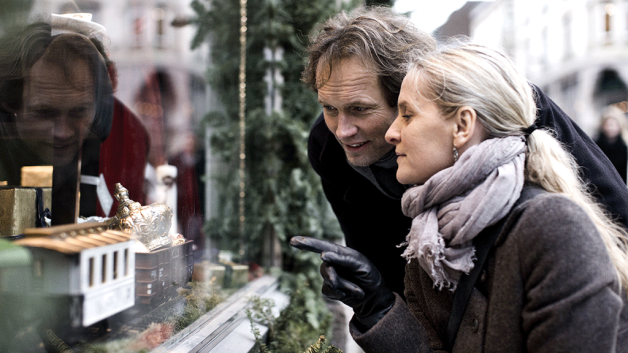
With the holidays quickly approaching us here in Cambridge it’s time to talk traditions. And Denmark is a country steeped in Christmas traditions, from well-known to quirky, here are some of the customs.
 Advent wreath
Advent wreath
The Danes’ Christmas begins with the Advent wreath. The wreath has four candles, each of which is lit every one of the four Sundays leading up to Christmas Eve the 24th of December. Traditionally the Advent wreath is made out of fine spruce twigs and cuttings, often decorated with red berries and spruce cones, white candles and red ribbons for attaching the wreath to the ceiling.
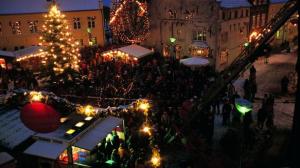 The calendar candle
The calendar candle
Another December tradition is the calendar candle. This candle is, just like a tape measure, provided with 24 markings, normally decorated with motives of fir and little pixies with red cheeks, wearing red hats and dancing merrily in yellow clogs. In most families the candles are lit every day from December 1st as a soothing factor in a hectic period, quite often at the breakfast table. Frequently it is the children’s duty to blow out the candle before it burns down too far into the next date!

Present calendars
All Danish kids get one or more Christmas calendars as they are called in Denmark. The two big television channels each year produce a special new Christmas series divided into 24 episodes to kick the children’s excitement in a high gear. The more fortunate children also get a gift calendar consisting of 24 small presents, one for each day before Christmas, individually bought and wrapped by their parents.
 Christmas seals
Christmas seals
Since its debut in 1904 the seals have been copied in many countries around the world. They are designed each year by specially invited artists and produced by the Julemærkefonden charity. Among the most famous designers is the Danish Queen Margrethe II, who at many occasions has proved to possess extraordinary artistic skills.
The Christmas seals are used on letters and postcards, just like stamps, but they are not obligatory. They are sold only around Christmas time and the revenue is distributed to needy children.
It is not unusual for Danes to write a lot of Christmas cards to friends and family and most of them are provided with the Christmas seals. The cards are never printed in advance in the Hallmark fashion but handwritten like in the good old days.
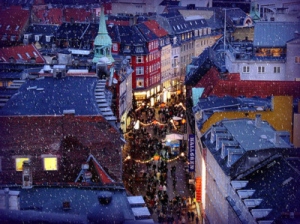 Lucia night
Lucia night
According to the Catholic Church Lucia is the saint of light. She is celebrated on the night between the 12th and the 13th of December, especially in schools, retirement homes, hospitals and other institutions all over Denmark, with small girl processions and traditional singing. Legend has it that Lucia, in order to keep her hands free, wore a wreath with candles on her head so that she could feed the poor Christians on the hide in the catacombs of ancient Rome.
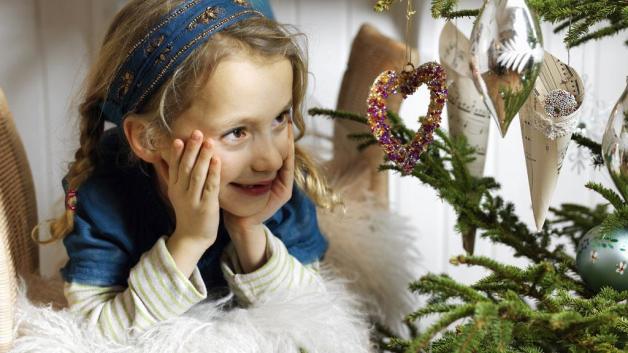
QUIRKY Christmas Eve
In the old days, it was common to give the animals a special treat on Christmas Eve. It was believed that all animals could talk on this special night, and nobody wanted the animals speaking ill of them! Today some families continue that tradition. They go for a walk in the garden, in the park or forest and bring along small goodies for Denmark’s furry friends.
 The Christmas Tree
The Christmas Tree
Traditionally the Danish Christmas tree is the Norwegian spruce. Nowadays many buy a Normann spruce whose needles last a little longer. People living near woods are lucky enough to have the opportunity to pick and cut down their own tree. Most Danes pick them up from sellers around the country.
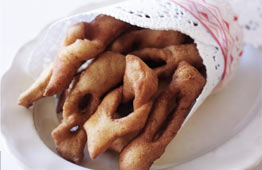 Decorating the Christmas tree
Decorating the Christmas tree
The Christmas tree is decorated with a silver or gold star on the top (never an angel), festoons of national flags and lots of small Danish decorations. The entire tree is often given the final touch of white fairy hairs or scattered strips of tin foil, reflecting the light from the glowing candles. Georg Jensen is a Danish company renowned for its Danish design and especially for its elegant Christmas decorations.
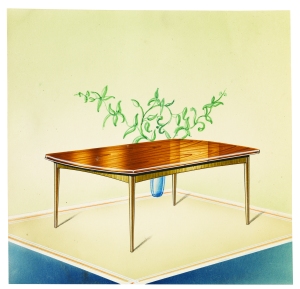 Furniture production is part of our heritage. Our 60 years of experience and know-how provide invaluable benefits for our production facility in Denmark as well as in our close co-operation with our global suppliers. We have chosen to work with only a few suppliers that share our commitment to high quality. This way we are in control of the entire production process ensuring the highest quality every step of the way.
Furniture production is part of our heritage. Our 60 years of experience and know-how provide invaluable benefits for our production facility in Denmark as well as in our close co-operation with our global suppliers. We have chosen to work with only a few suppliers that share our commitment to high quality. This way we are in control of the entire production process ensuring the highest quality every step of the way. 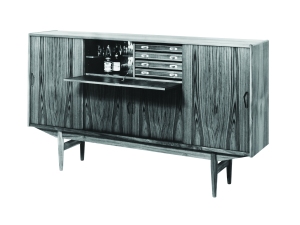 We believe that good quality is not achieved through random but through consistent and dedicated work. A comprehensive quality-control programme based on the ISO 9000 standard and our own production experience has been implemented with all our suppliers. We have our own quality control engineers always working on site with our suppliers. They ensure that our detailed guidelines are followed all the way through the production process and make sure that the final products are checked before leaving the factory.
We believe that good quality is not achieved through random but through consistent and dedicated work. A comprehensive quality-control programme based on the ISO 9000 standard and our own production experience has been implemented with all our suppliers. We have our own quality control engineers always working on site with our suppliers. They ensure that our detailed guidelines are followed all the way through the production process and make sure that the final products are checked before leaving the factory. 
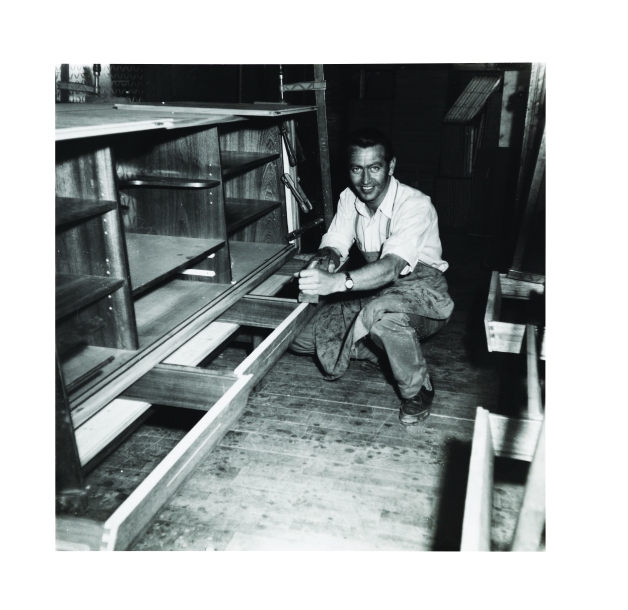


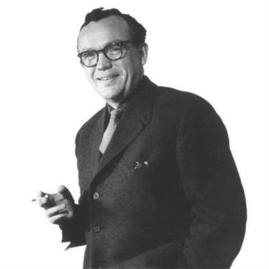

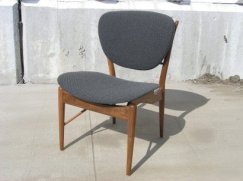












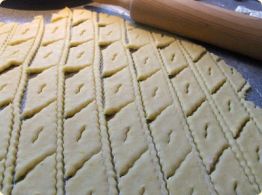

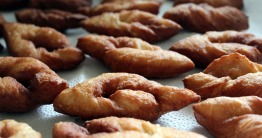
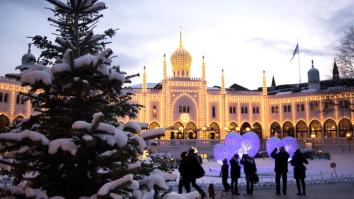
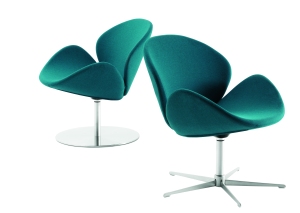


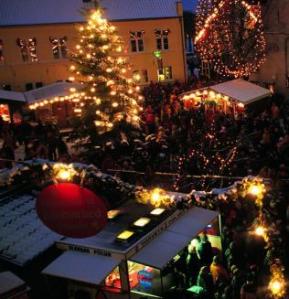

 2012
2012
 2008
2008 2006
2006
 2004
2004
 2002
2002
 1999
1999
 1993
1993
 1988
1988
 1984
1984
 1979
1979
 1976
1976
 1970
1970
 1962
1962
 1954
1954
 1952
1952